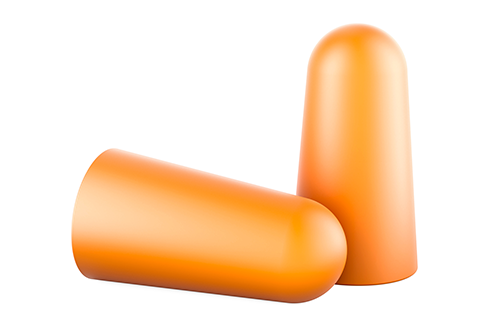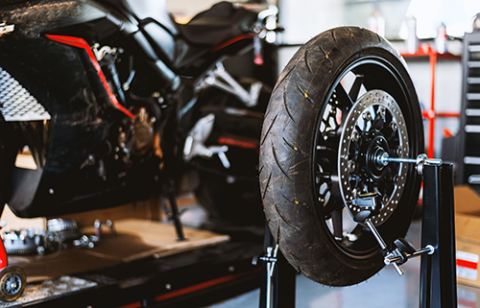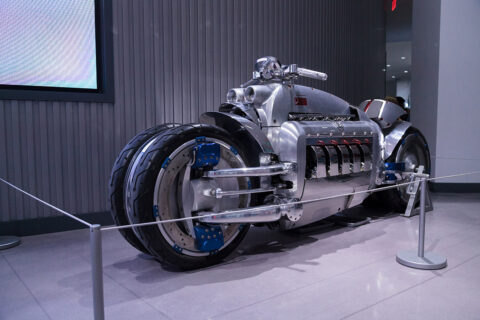Why are motorcycle earplugs important?
Motorcycling represents freedom, speed and the adrenaline coursing through your body. Yet this passion also comes with risks, such as the impact on your hearing. The loud sounds of driving wind and can damage your hearing unnoticed, often with irreversible consequences. And the sound of your motorcycle? That comes on top of that.
Preventing hearing damage while driving
The tiny cilia in your inner ear get damaged by loud noises, and that damage is permanent. At speeds above 100 km/h, driving wind produces more than 90 decibels (dB) of sound. This may seem harmless, but that amount of sound can cause hearing damage within as little as 15 minutes. Without earplugs, you run the risk that the constant noise of driving wind will increasingly damage your hearing. The result? An annoying ringing in your ears (tinnitus) or even hearing loss. By wearing earplugs, you avoid these problems and continue to enjoy driving.
How many decibels does driving wind produce?
Many riders think the noise from their exhaust is the biggest problem, but the driving wind is the real culprit. At 50 mph the driving wind is about 84 dB, at 100 mph it rises to 94 dB, and at 120 mph it can reach 98 dB or more. This is comparable to the sound of a circular saw. Whether you are riding a leisurely tour or racing down the highway - the risk of hearing damage is always there.
Many riders think the noise from their exhaust is the biggest problem, but the driving wind is the real culprit. At 50 mph the driving wind is about 84 dB, at 100 mph it rises to 94 dB, and at 120 mph it can reach 98 dB or more. This is comparable to the sound of a circular saw. Whether you are riding a leisurely tour or racing down the highway - the risk of hearing damage is always there.
Motorcycle earplugs also contribute to your comfort. Without the constant hum of the wind, you are less likely to get tired and stay focused longer. Rides of several hours therefore become a lot more pleasant. Plus, you prevent tired ears and headaches from ruining your driving experience. With a clear focus on the road, you'll enjoy the ride even more.
Types of motorcycle earplugs
Not all motoroordoppen are the same. Depending on your driving style, personal preference and budget, you can choose from different types. From simple disposable earplugs to custom-made earplugs made specifically for your ears its. Each type has its own pro– and disadvantages.
Foam disposable caps
The simplest earplugs are disposable foam earplugs. You squeeze them together, put them in your ear and they naturally expand to seal your ear canal. They offer high attenuation (usually 30 dB or more), but you hear virtually nothing of your surroundings as a result. This is not ideal for motorcyclists who still have traffic– and navigation–want to hear instructions. Foam earplugs cost a few euros.
Universal filter earplugs
Universal filterearplugs, on the other hand, are more durable and specially designed for the motorcyclist. They are usually made of soft silicone material that conforms to the shape of your ear. Many of these earplugs have built-in filters. Instead of blocking all sound, they only attenuate harmful frequencies. Think of the loud peak sounds of wind and engines. Meanwhile, other sounds such as traffic signals, sirens or communication through your headset remain audible. For silicone earplugs with filters you pay average 15 to 30 euros.
Custom-made earplugs: the ultimate solution
For the ultimate fit and highest comfort, custom-made earplugs are the best choice. These earplugs are made from a mold of your ear, so they fit your ear canal perfectly. Custom-made earplugs offer excellent fit and comfort, even on long rides. Therefore, it is also the most expensive choice: they may cost 100 to 200 euros.
How does sound attenuation work with motorcycle earplugs?
If your engine earpiecepen buys, come terms such as "noise reduction" and "attenuation in decibels (dB)" past. But what does that actually mean? Simply put, the higher the number of decibels attenuated, the less sound you hear.
What does noise reduction mean in decibels (dB)?
Sound attenuation is expressed in decibels (dB), and the higher the number of dB attenuated, the less sound will penetrate your ear. This works on a logarithmic scale, meaning that a reduction of 10 dB reduces sound not by 10%, but by 50%.
How much soundproofing do you need as a motorcyclist?
The noise reduction needed varies depending on where and how you drive. For shorter trips in the city at lower speeds, you need less damping than when driving longer stretches on the highway. For highway driving, 20-25 dB is recommended, while in the city, 10-15 dB is enough.
Frequently asked questions about motorcycle earplugs
How many decibels should a motorcycle earplug attenuate?
For highway driving, an attenuation of 20-25 dB is ideal.
Are custom-made earplugs better than universal earplugs?
Yes, custom-made earplugs offer the best fit, highest comfort and customizable attenuation.
Can I still hear music or navigation with motorcycle earplugs?
Yes, with earplugs with filters, you can still hear music, navigation and sirens.
Are motorcycle earplugs mandatory?
Although motorcycle earplugs are not mandatory, they are strongly recommended to prevent hearing damage, especially on long rides or at higher speeds.
How long do motorcycle earplugs last?
Foam earplugs are disposable, silicone earplugs last for months, and custom-made earplugs can last for years.
How do I clean motorcycle earplugs?
Silicone and custom-made earplugs clean with soap and water.












